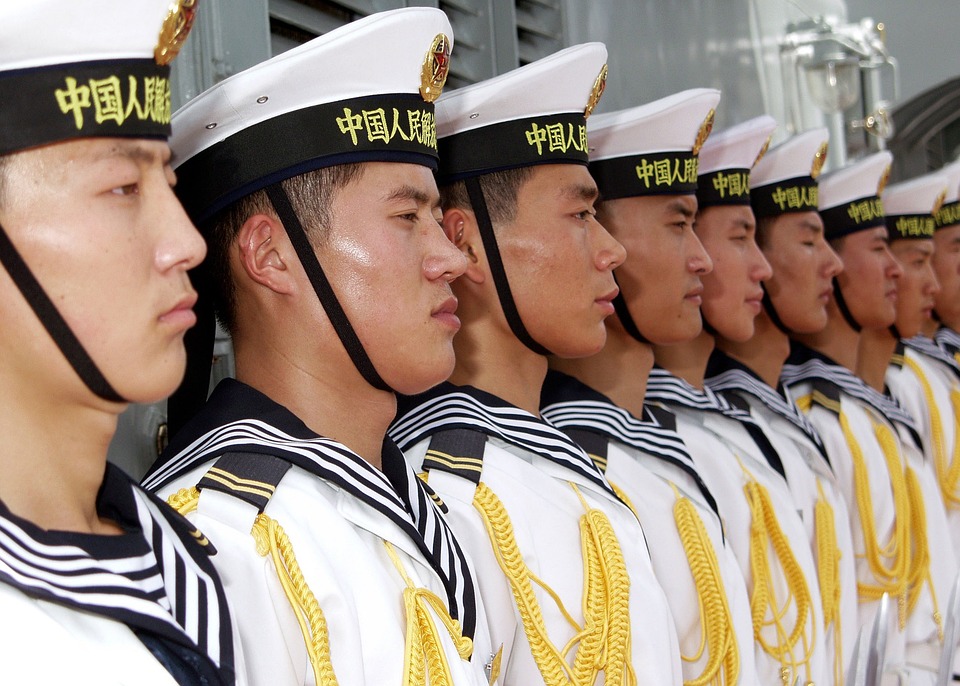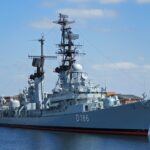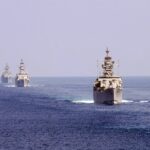The Navy’s Top Secret Missions: Declassified
For decades, the United States Navy has been at the forefront of conducting top-secret missions around the world. From covert operations to intelligence gathering, the Navy’s elite forces have undertaken some of the most classified and dangerous assignments in recent history. Though many of these missions have remained shrouded in secrecy, in recent years, declassified documents have shed light on some of the Navy’s most notable operations.
Operation Neptune Spear: The Raid on Osama bin Laden
One of the most famous Navy missions in recent history is Operation Neptune Spear, the raid that resulted in the death of notorious terrorist Osama bin Laden. On May 2, 2011, a team of Navy SEALs launched a covert operation to capture or kill bin Laden, who was hiding in a compound in Abbottabad, Pakistan. The mission, which was conducted by members of SEAL Team Six, was highly classified and carried out with the utmost secrecy.
The success of Operation Neptune Spear marked a major victory in the fight against terrorism and showcased the Navy’s unparalleled capabilities in conducting high-risk operations. The operation demonstrated the Navy’s ability to operate in challenging environments and to execute complex missions with precision and expertise.
Operation Red Wings: The Battle of Wanat
Another significant Navy mission that has been declassified is Operation Red Wings, which was a counterinsurgency operation carried out in Afghanistan in 2005. The mission, which involved members of SEAL Team 10, aimed to disrupt Taliban operations and gather intelligence in the region.
However, the mission took a tragic turn when a four-man Navy SEAL reconnaissance team was ambushed by enemy forces in the Kunar province. Three of the SEALs were killed in the initial firefight, while the fourth, Marcus Luttrell, managed to escape and was eventually rescued by a team of Army Rangers.
The Battle of Wanat, as it came to be known, highlighted the dangers faced by Navy SEALs and other special operations forces operating in hostile environments. It also underscored the bravery and sacrifice of these individuals in carrying out their missions against overwhelming odds.
Operation Gold: The CIA’s Submarine Espionage Mission
In the early 1970s, the Navy was involved in a top-secret CIA mission codenamed Operation Gold, which aimed to tap into Soviet underwater communication cables in order to gather intelligence on Soviet military activities. The mission involved the use of a specially designed submarine, the USS Halibut, which was equipped with advanced eavesdropping equipment.
The USS Halibut successfully tapped into the Soviet communication cables off the coast of the Kamchatka Peninsula, allowing the CIA to intercept and decode sensitive information transmitted by the Soviet military. The intelligence gathered from Operation Gold provided valuable insights into Soviet naval operations and capabilities during the Cold War.
Operation Gold demonstrated the Navy’s expertise in conducting sophisticated espionage missions and its vital role in supporting intelligence-gathering efforts. The mission remains one of the most successful and secretive operations carried out by the Navy in collaboration with the intelligence community.
Operation Dominic: Nuclear Testing in the Pacific
During the height of the Cold War, the Navy was involved in a series of top-secret nuclear tests known as Operation Dominic. The tests, which were conducted in the Pacific Ocean between 1962 and 1963, aimed to evaluate the performance and effects of various nuclear weapons in different environments.
The Navy played a key role in supporting the testing of nuclear weapons by providing logistical support, monitoring radiation levels, and conducting scientific research. The tests conducted under Operation Dominic helped the United States gain valuable insights into the capabilities and limitations of its nuclear arsenal.
However, the tests also raised concerns about the environmental and health impacts of nuclear testing in the Pacific. The legacy of Operation Dominic continues to be a subject of debate and controversy, highlighting the ethical and strategic challenges associated with nuclear weapons testing.
In conclusion, the Navy’s top-secret missions have played a crucial role in shaping the course of history and protecting national security. While many of these missions have remained classified for years, declassified documents have provided a glimpse into the Navy’s covert operations and the bravery of its elite forces. The Navy’s ability to conduct complex and dangerous missions with precision and expertise underscores its importance as a key player in the defense of the nation.


